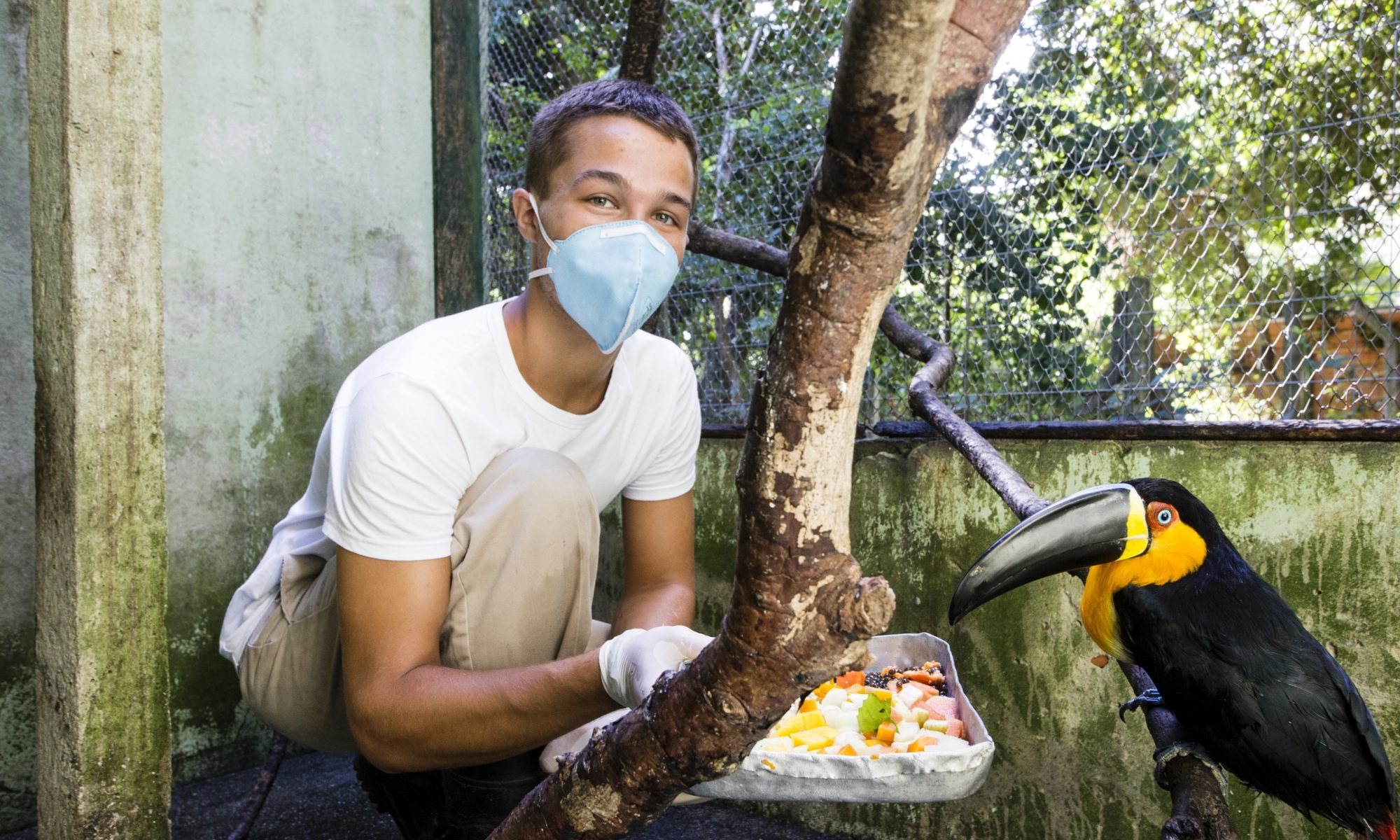by Tammy
Before I left for Peru, my friends advised me to keep a journal, or some form of notebook, on me at all times.
“You’re going to write so much,” one friend told me. “It’ll be so important to document everything.”
A few days later, they sent me an Instagram Reel. It featured a young woman in her twenties talking about the most precious possession she owns: a notebook. But it wasn’t just any notebook- it was filled with notes, advice, doodles, and kind messages left by people she had met during her travels. Inspired, I decided to do the same during my time here in Urubamba: carry a little notebook and ask people to leave a piece of life advice or kind words I could carry with me for the rest of my life.
So, here are some of my favorite messages from the past week, written by people we’ve met from all over:
Marisabel – Pottery Teacher
Last Wednesday, we got to choose from four community activities: pottery, cooking, silversmithing, or salsa. Five of us decided pottery sounded interesting. After about twenty minutes on the local bus, we arrived at a charming outdoor studio surrounded by plants and flowers. Sitting around a long wooden table, we began painting ceramics with delicate patterns and bold colors inspired by Incan culture. Some of us even gave real pottery a try. I won’t lie- it didn’t go too well for me- but our friends Ana and Julia managed to make beautiful plates. Julia even decorated hers around the theme of Pachamama, the Earth Mother. Marisabel guided us the whole time; she felt more like a mentor than a teacher. She stood on the side, complimented our creativity, and helped us when called upon. At 70, she brought so much spunk, creativity, and fun.
“Que sus sueños se hagan realidad. Con cariño, Marisabel” (Translation: May your dreams come true. With love, Marisabel)
Jousseppe- Quecha Guest Lecturer
Jousseppe, an invited guest speaker from Dragons, joined us in the beautiful Roca Fuerte garden to give our very first Quechua lesson. That evening, we learned simple phrases and greetings, and soon the air buzzed with excitement as everyone began firing off questions: “Como se dice bano? Como se dice me gusta jugar al futbol? Wait wait no it’s my turn!”. Hands shot up one after another, and laughter was echoing through the garden. By the end of the night, I’d found my favorite Quechua word: Tupananchiskama, which means until we meet again.
“Inhala gratitud, exhala pasión” (Translation: Inhale gratitude, exhale passion)
Diana – Founder, Green Heroes, Urubamba
The fourth piece of advice was written by Diana, the founder of Green Heroes, a local Non profit organization dedicated to interactive climate education in Urubamba. We visited Green Heroes last Friday with high hopes, partly because it was so close to where we lived (thank god we don’t have to commute for an entire hour again!), but also because the mission of the organization excited many of us. As we arrived at Green Heroes, we were greeted by some of the warmest, friendless staff members. We warmed up by playing an intensive (but nevertheless super fun) round of Ninja and later toured around the organization’s interactive “outdoor classroom”, even joining some of the lessons happening on the side. Green Heroes really inspired me. Back home, I was working on climate education with many schools around Taiwan through Fridays for Future, and the visit to Green Heroes really changed my perception on how education should be approached. I valued their priority of having fun and making the experience memorable for the kids. They also paid a lot of attention to the details of their outdoor classroom: there was a compost, many drawings, multiple little farms, a greenhouse and so many other facilities that gave kids the opportunities to learn about our planet. In the end, Diana left me her favorite quote:
“Do your best until you know better. When you know better, Do better <3” – Maya Angelou
Mario – Community Member, Paru Paru
During our three-day excursion to Paru Paru, we immersed ourselves in the local culture through hiking, fishing, mural painting, learning about local herbs and potatoes, and even participating in a Pachamanca ceremony. Before leaving, I asked Mario to give me some advice. After a thoughtful pause, he wrote a heartfelt note- not exactly a piece of advice, but it’s a sweet message I will carry with me moving forward Mario’s message:
“Hola hermana, estoy muy agradecido por vuestra visita es una experiencia con grupo dragones pasamos super experiencia mot alegre muchas gracias” – Mario (Translation: Hello, sister. I’m very grateful for your visit. It was a beautiful experience with the Dragons group; we had a really joyful time. Thank you very much.)
Carrying this little red Dragons notebook has already taught me far more than I expected. Through journaling, reflections, and the messages I’ve collected from the community, each footprint left in ink is a feeling I can carry long after leaving Urubamba. To me, these notes aren’t just memories; they’re tiny pieces of life that will continue to inspire me wherever I go.











